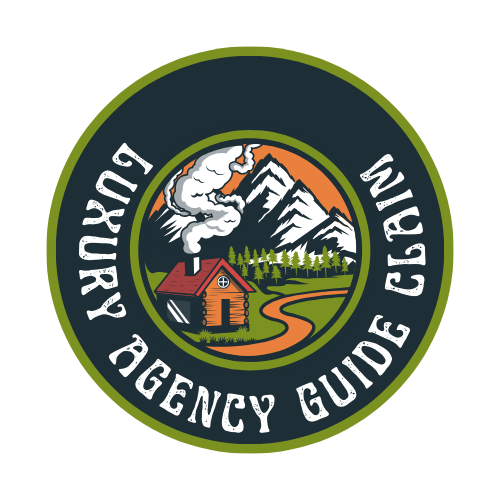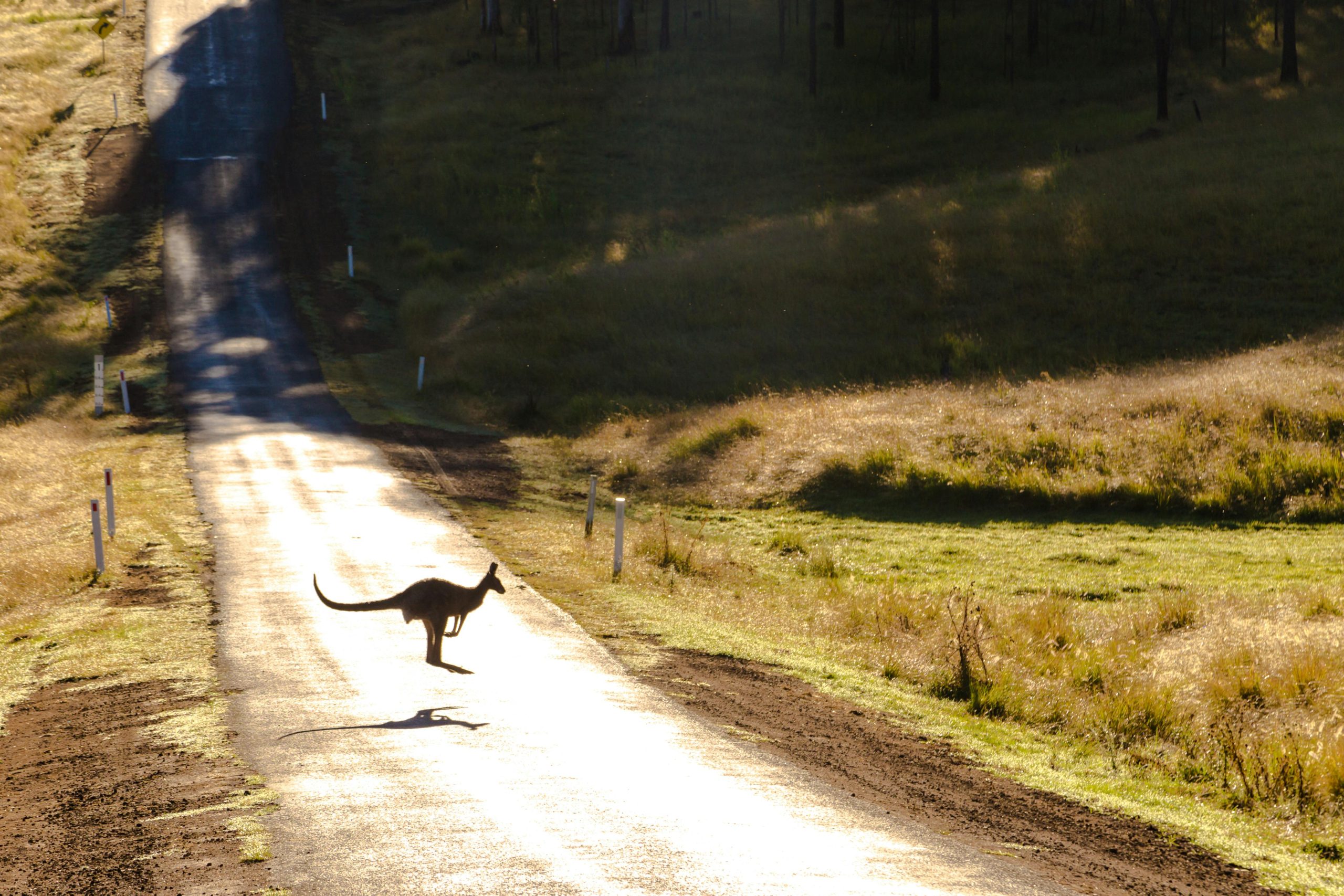Kakadu National Park, located in the Northern Territory of Australia, is a vast and stunning landscape that encompasses diverse ecosystems, rich wildlife, and a deep cultural heritage. Covering more than 20,000 square kilometers (7,700 square miles), Kakadu is one of Australia’s largest and most iconic national parks. The park’s unique combination of wetlands, woodlands, and escarpments, as well as its significance to the indigenous people of the area, makes it a must-visit destination for nature lovers and those seeking to explore Australia’s natural wonders.
A UNESCO World Heritage Site
Kakadu is not only known for its breathtaking natural beauty but also for its importance in terms of cultural and ecological significance. It was designated a UNESCO World Heritage Site in 1981 due to its exceptional natural features and the rich cultural history of the indigenous people, the Bininj and Mungguy. The park contains over 5,000 rock art sites, some of which date back more than 20,000 years, showcasing the long and profound connection the local Aboriginal people have with the land.
Diverse Landscapes and Ecosystems
Kakadu’s landscapes are incredibly diverse, ranging from dense rainforests and wetlands to rocky escarpments and barren plains. This diversity has created a range of distinct ecosystems that support a wide array of plants and animals.
- Wetlands: Kakadu is famous for its expansive wetlands, particularly the Yellow Water Billabong. During the wet season (from November to April), the wetlands come to life, providing a sanctuary for thousands of birds, including species like the jabiru and magpie goose. The wetlands are also home to saltwater crocodiles, making them an exciting and somewhat intimidating spot for visitors to explore.
- Woodlands and Savannas: The park’s woodlands are characterized by eucalyptus trees, spinifex grasses, and kakadu plum trees. These areas are home to a variety of wildlife, including wallabies, dingoes, and bats. The savanna regions are expansive, open spaces where the land meets the sky, often dotted with termite mounds and offering opportunities for wildlife spotting.
- Escarpments and Rock Formations: Kakadu’s rock escarpments are a striking feature of the landscape. The Arnhem Land Escarpment, which runs through the park, offers stunning views of the surrounding region. The Nourlangie Rock and Ubirr are famous for their Aboriginal rock art galleries, where visitors can admire ancient paintings that depict the area’s cultural and spiritual significance.
- Waterfalls and Gorges: Kakadu is also home to some beautiful waterfalls and gorges. Notable falls include Jim Jim Falls and Twin Falls, which are best visited during the dry season (May to October), when the water flow is more manageable. These areas offer opportunities for bushwalking, swimming, and photography, with scenic views that stretch across the park.
Wildlife of Kakadu
Kakadu is a sanctuary for a variety of species, both on land and in water. It supports a range of animals, many of which are native to Australia and unique to this region.
- Birdlife: Kakadu is a birdwatcher’s paradise, with more than 280 species of birds recorded in the park. The Yellow Water Billabong is particularly famous for its birdlife, where visitors can spot everything from eagles and ducks to waders and herons. The park is also a significant breeding ground for the magpie goose and the jabiru, both of which are iconic species of the region.
- Reptiles and Amphibians: Kakadu is home to an array of reptiles, including the saltwater crocodile, the largest reptile species in the world. These crocodiles are found in the wetlands and rivers of the park, providing visitors with an exhilarating yet cautious wildlife experience. Other reptiles include the blue-tongue lizard, geckos, and frill-necked lizards. The park is also home to various amphibians, such as the green tree frog.
- Mammals: The park’s woodlands and savannas are inhabited by a range of mammals, including the northern brushtail possum, antelope-like kangaroos, and wallabies. Visitors might also spot dingoes, Australia’s wild dogs, and various species of bats and rodents.
- Marine Life: While Kakadu is primarily known for its inland ecosystems, the park also has access to the Arafura Sea, where visitors can experience mangrove forests and coastal wildlife. Marine creatures such as dugongs, sea turtles, and various fish species are often seen in the area.
Cultural Significance
Kakadu National Park is deeply intertwined with the culture and traditions of the indigenous Aboriginal people. The Bininj and Mungguy people have lived in the region for more than 50,000 years, and their connection to the land is reflected in the park’s rock art, spiritual sites, and cultural practices.
- Rock Art: Kakadu is home to one of the largest and most significant collections of rock art in the world. The Nourlangie Rock and Ubirr sites are particularly famous for their intricate paintings, which represent the spiritual beliefs and stories of the Aboriginal people. The art features depictions of animals, ancestral beings, and events that have shaped the culture and history of the region.
- Traditional Custodians: The indigenous people of Kakadu continue to play an active role in the management of the park. Many of the park’s tours and visitor experiences are led by local Aboriginal guides, who share their knowledge of the land, its history, and its significance. Visitors can learn about the traditional customs, bush foods, and ceremonies of the indigenous people.
- Cultural Tours and Experiences: The park offers a range of cultural tours that allow visitors to learn from Aboriginal guides and explore the landscape from a cultural perspective. Crocodile-spotting cruises, bush tucker tours, and art workshops provide insights into the living culture of the park’s traditional owners.
Activities and Things to Do
Kakadu offers a variety of activities for visitors looking to explore the park’s natural and cultural beauty.
- Bushwalking and Hiking: Kakadu has an extensive network of walking trails, ranging from easy walks to more challenging hikes. Popular hikes include the Nourlangie Rock Walk and the Ubirr Walk, both of which offer fantastic views and opportunities to learn about the rock art and history of the park.
- Cruises and Boat Tours: One of the best ways to explore Kakadu’s wetlands is by boat. Yellow Water Cruises offer guided boat tours through the park’s billabongs, providing an opportunity to see wildlife like crocodiles, birds, and water buffalo up close. These tours are an excellent way to take in the park’s stunning landscapes and diverse ecosystems.
- Camping: Kakadu offers several campsites for those looking to immerse themselves in the park’s wilderness. The Mardugal Campground and Cooinda Campground provide convenient access to key sites like Yellow Water and Jim Jim Falls.
- Scenic Flights: For a truly spectacular view of Kakadu, consider taking a scenic flight over the park. These flights provide stunning aerial views of the park’s wetlands, waterfalls, and rock escarpments.
Best Time to Visit
The best time to visit Kakadu is during the dry season (May to October), when the weather is milder, and the park’s roads and hiking trails are more accessible. The wet season (November to April) can bring heavy rains and flooding, making some areas difficult to access, but it also brings lush greenery and vibrant wildlife to the park.
Conclusion
Kakadu National Park is a captivating destination that offers visitors a unique blend of natural beauty, wildlife, and cultural heritage. With its diverse landscapes, fascinating rock art, and abundant wildlife, it is an essential experience for anyone looking to explore the heart of Australia’s wilderness. Whether you’re walking through ancient rock galleries, cruising along tranquil wetlands, or hiking to stunning waterfalls, Kakadu offers something for everyone who seeks to discover the magnificence of Australia’s northern landscapes.

